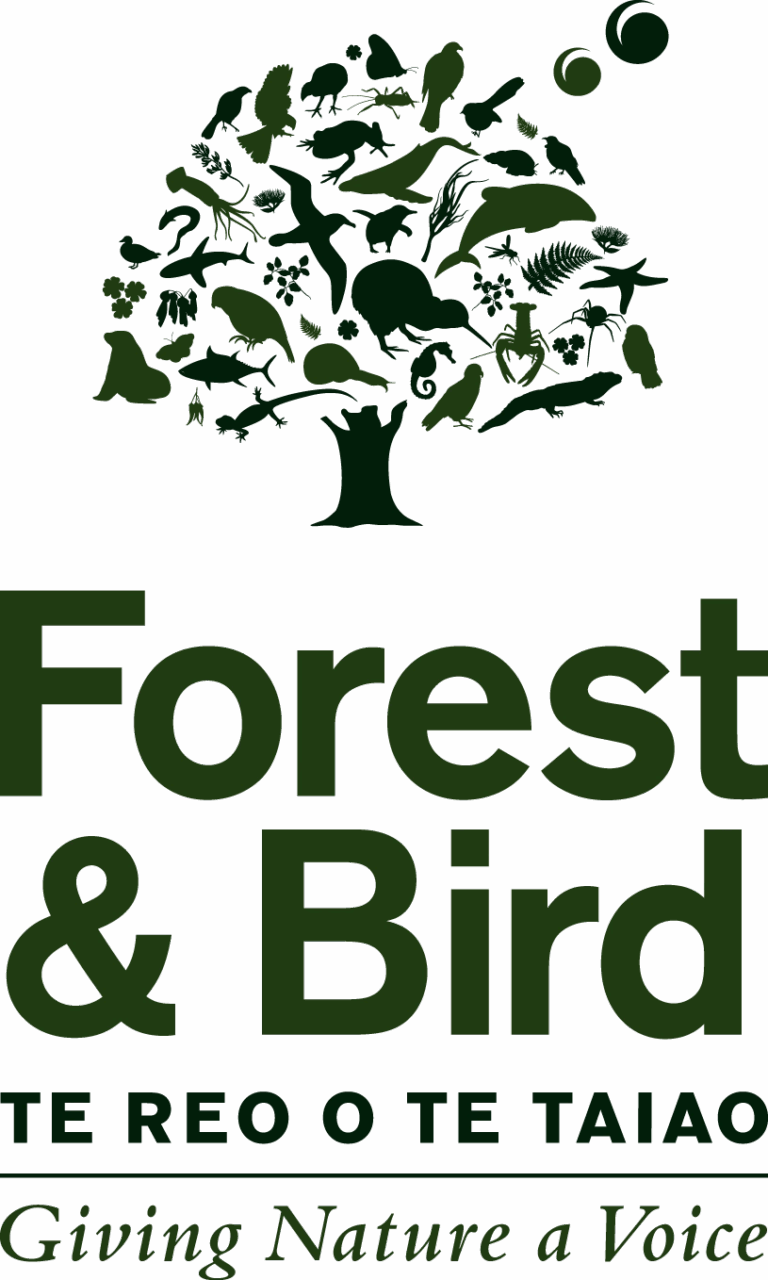About Us
Ka tākiri te ata, ka kōrerorero ngā manu, ka ao, ka ao,
ka awatea. Ka whiti mai te rā ki runga i a Tarapuruhi,
te kōhanga manu, te kōhanga nui e ora ake nei, e mihi
ake nei ki a tātou katoa. Tihei mauri ora.
Morning dawns, the birds chatter, the light brightens and
brightens, then day breaks. The sun shines upon Tarapuruhi,
the birds’ nest, the great nest, alive and well, welcoming
and acknowledging all of us here. Tihei mauri ora.
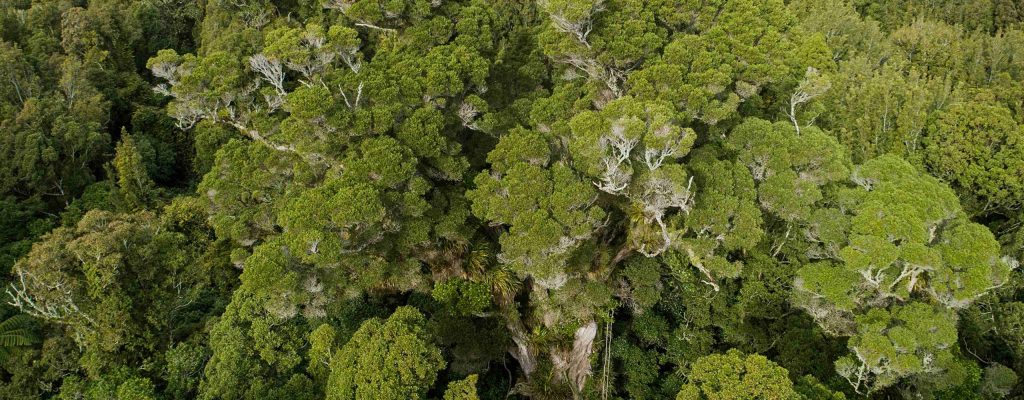
A Cherished remnant
TOITŪ TE WHENUA, WHATUNGARONGARO HE TANGATA
PEOPLE COME AND GO, BUT THE LAND REMAINS
Tarapuruhi Bushy Park was once part of a continuous mantle of forest stretching from the coastal dunes to the central volcanoes. The land was uplifted from the sea and layered with volcanic ash. Now it is a precious remnant of that temperate lowland forest, one with a long history of conservation. It has endured, while its surrounds have been turned into farmland.
Generations of people have cherished this forest. Today the local Tarapuruhi Bushy Park Trust cares for the sanctuary in partnership with Forest & Bird, working closely with Ngaa Rauru, within whose rohe (district) it lies, and whose mana whenua (authority) we respect. Together we care for the forest in the spirit of kaitiakitanga – stewardship.
Volunteers continue to care for the sanctuary and provide the passion, dedication and people power to keep this community-led conservation project moving forward.
TE WAO-NUI-A-TĀNE
Tarapuruhi Bushy Park sits within the rohe (territory) of Ngā Rauru Kītahi iwi. They named the place Tarapuruhi for its abundant bird life. Ngā Rauru whakapapa connects them to the forest realm, Te Wao-nui-a-Tāne. Tāne is the Māori god of forests, birds and insects, who separated his parents (earth and sky) and in doing so let light into the world. According to Ngā Rauru Kītahi, Ai-toko-rangi or Tāne -toko-rangi is the god of trees. These are the larger trees like rātā, tōtara and kauri which keep Ranginui and Papa-tua-nuku separated so that the world of light can remain. For Māori the wellbeing of people and the environment remain vitally connected.
Rongoā rākau (plant remedies) form an integral part of the traditional part of the Māori healing system. Many native plants are used to treat a variety of conditions. Knowledge is passed down. Plants are prepared with care, as they can be toxic if not used correclty.. According to Ngā Rauru Kītahi, Tāne combines with Rongo the god of peace to become Rongo-mā-Tane, the god of birds and cultivated food. Rongo-mā-Tāne is also a god of trees but these are trees such as kawakawa and karamu, which are food and can also be used for rongoā. These commonly used Māori medicinal plants can all be found at Bushy Park Tarapuruhi. Please do not pick them here – they are part of the eco-system we are protecting.
A forest island in a sea of farmland
During the colonial period the Moore family purchased Tarapuruhi along with other land blocks and turned them into an extensive pastoral farm. Son G.F. Moore went on to develop a successful livestock and horse breeding business based at Tarapuruhi Bushy Park.
Moore valued this forest island in its sea of farmland and fenced it from stock in the early 1900s. However, possums and rats took a heavy toll on the wildlife. Then, before his death in 1962, Moore decided to protect the forest as a conservation estate. He bequeathed it, along with the homestead and farm buildings, to the Royal Forest and Bird Protection Society.
Forest and Bird still have title to the forest, but the then Bushy Park Trust was created and took ownership of Bushy Park Homestead and the area around it in 1995. The society and the now Tarapuruhi Bushy Park Trust collaborate closely in the forest’s management in this long-standing community-led conservation project. Volunteers remain the key to the sanctuary’s success.
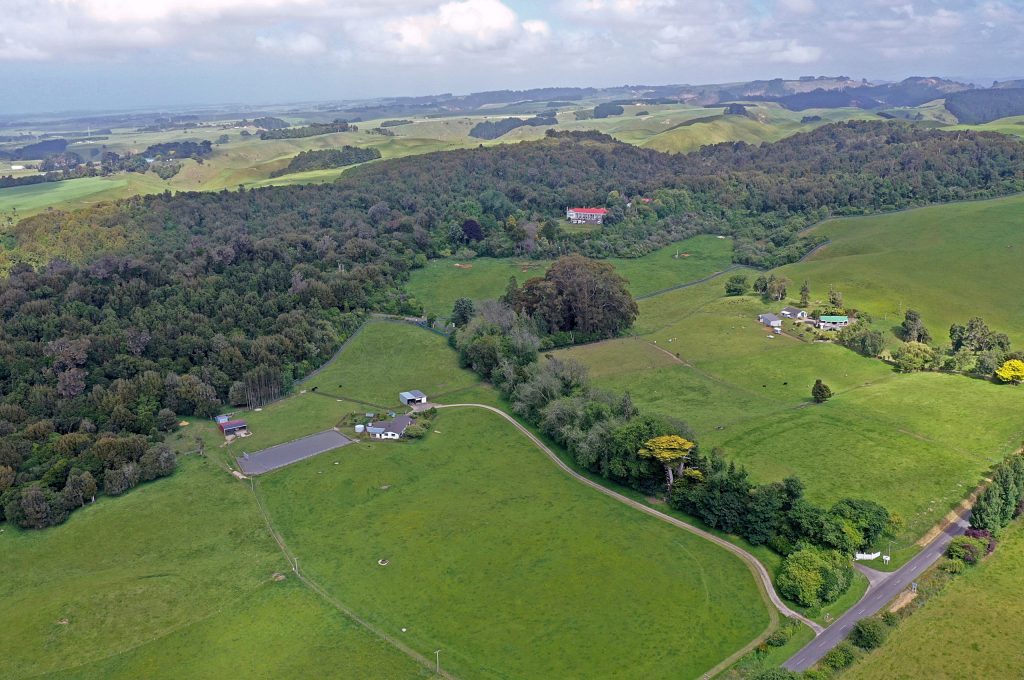
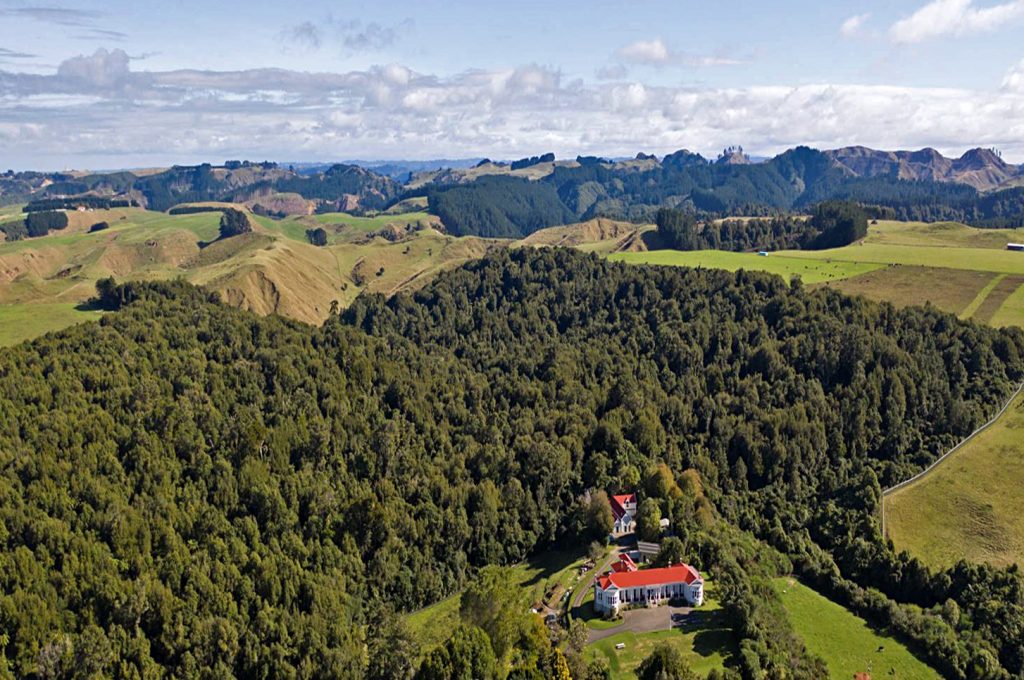
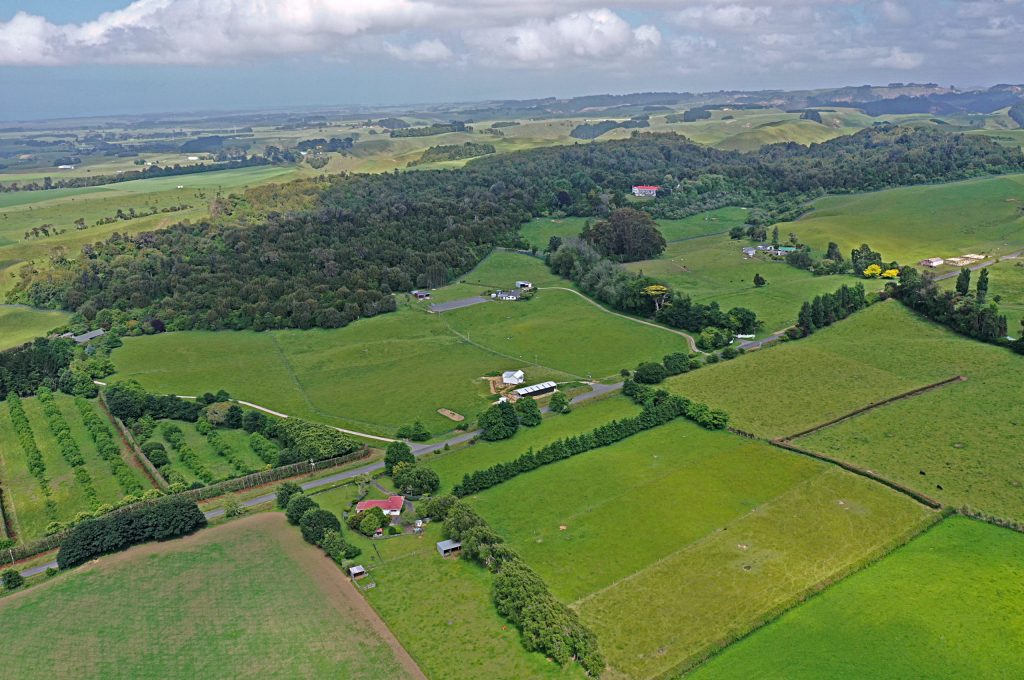
Tarapuruhi - abundant wildlife
Tarapuruhi was known to Ngā Rauru Kītahi as a place of abundant bird life. This once more became a reality for the forest when it was transformed into a sanctuary.
In 2005, Tarapuruhi became a ‘mainland island’, protected by a million-dollar predator-proof fence. Many local individuals, businesses and trusts contributed to the fundraising, led by lifelong conservationist and farmer Allan Anderson.
This diverse forest, combined with a moderate climate, several small streams and protection from most mammalian predators and competitors, provides an outstanding environment for many native and endemic species – plants, fungi, birds, lizards and invertebrates. Find out more
Generous donors and volunteers continue to play a vital part in maintaining the park and keeping it free of mammalian predators. Donate now
![Saddleback_[(c)Paul Gibson] Saddleback_[(c)Paul Gibson]](https://bushypark.nz/wp-content/uploads/elementor/thumbs/Saddleback_cPaul-Gibson-ouwim0yl5grm967qdpm2u0dp5pllpxedf020qlox3k.jpg)
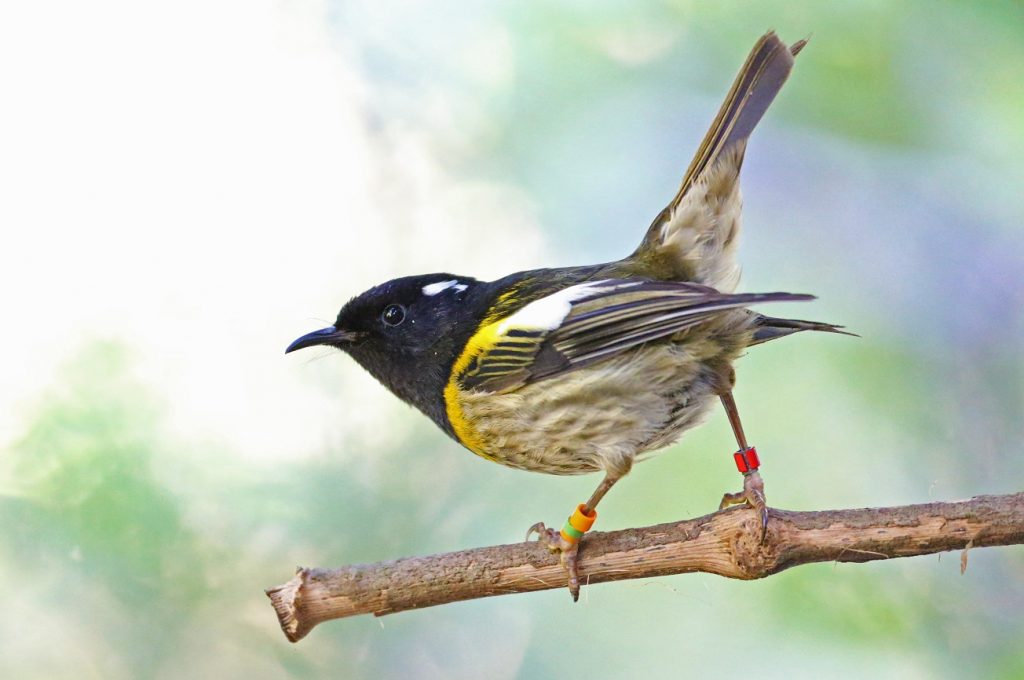
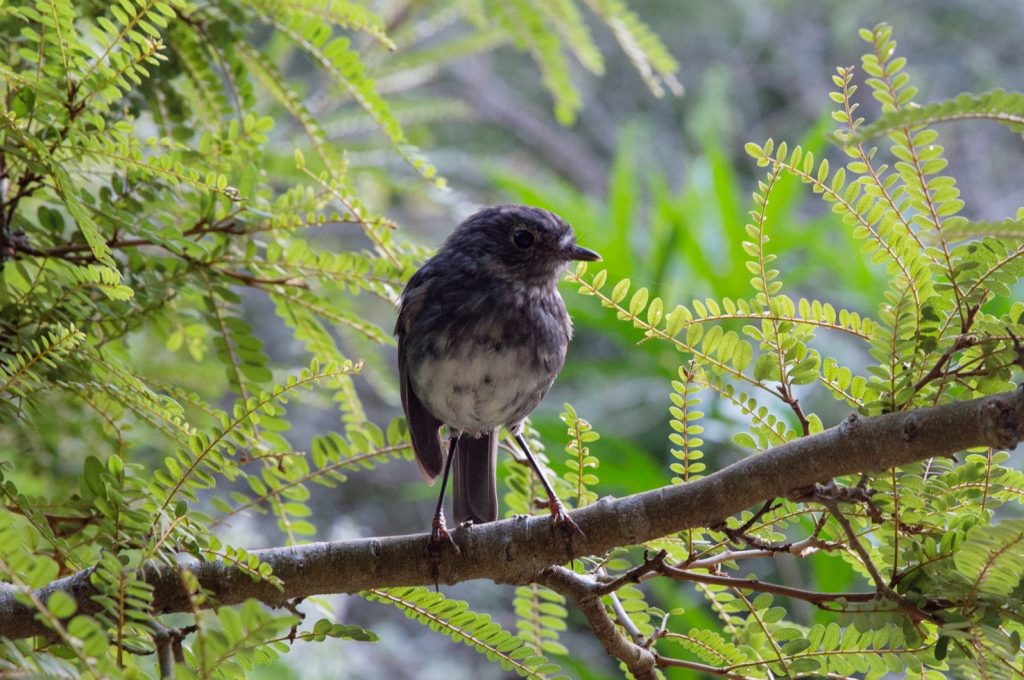
REINTRODUCING RARE BIRDS
The native birdlife at Tarapuruhi has flourished within the protective fence. Exciting reintroductions of rarer species became possible – toutouwai/North Island robins in 2005, tīeke/ North Island saddlebacks in 2006, and hihi/stitchbirds in 2013.
So successful have these been that ‘excess’ tīeke and robins have now been transferred to other sanctuaries. Further introductions are planned and your support can help us continue this remarkable story. Donate now
historic homestead
Tarapuruhi Bushy Park also features a historic architectural gem in its large Edwardian homestead. The house was designed by Charles Natusch and built for G.F. Moore in 1906.
It was a focal point for hosting and entertaining clients of Moore’s successful livestock and horse breeding business, as well as for the local community. Moore’s busy and up-to-date lifestyle included the first electrical generator and lighting system in the district.
Today the Category 1 heritage building is a popular attraction in its own right. Upgraded for comfort but retaining its original character it is run as a boutique homestay bed and breakfast. It also offers everything from refreshments to fully catered occasions.
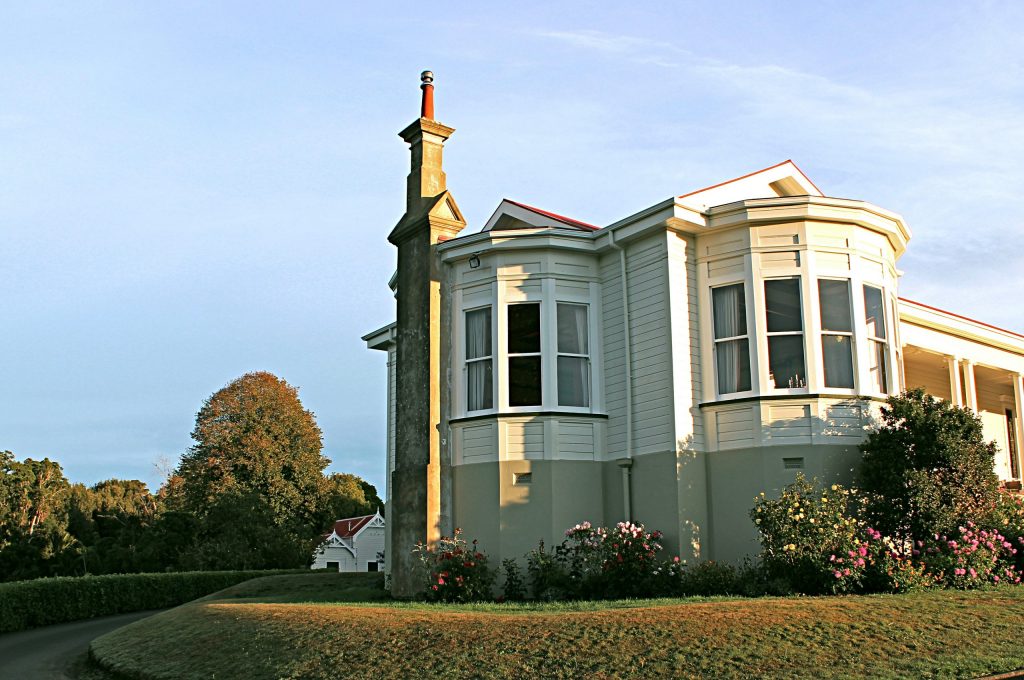
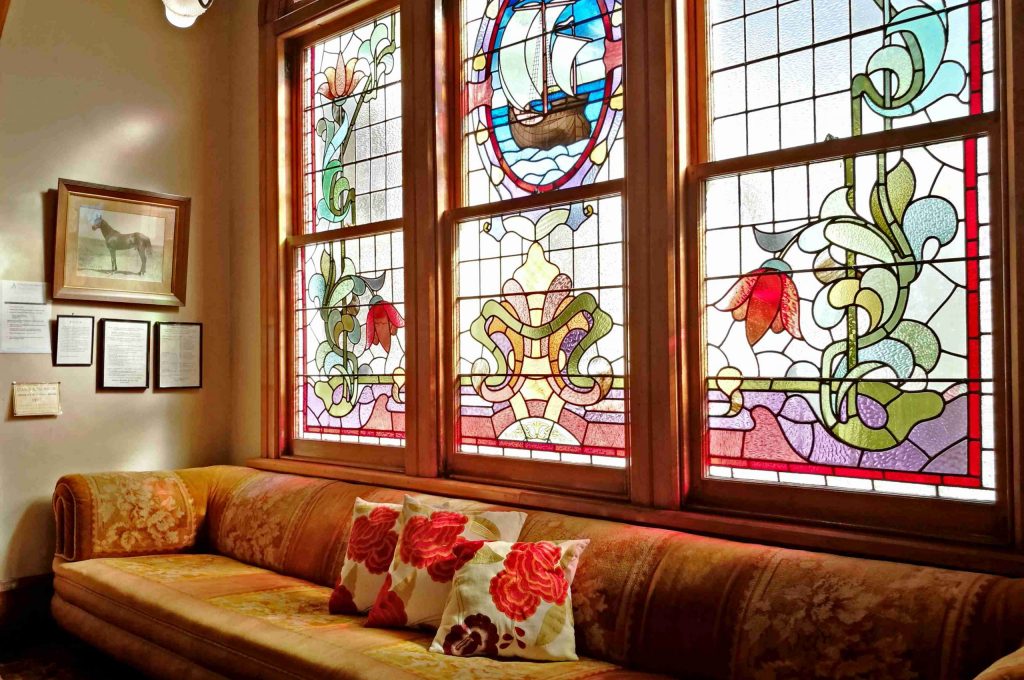

Reaching out and into the future
Enhancing understanding, appreciation and support for this place is a key goal for the Tarapuruhi Bushy Park Trust.
For everyone there are many opportunities to experience this special forest.
Our Visitor Centre and Heritage Displays offer an on-site introduction to our history, the forest ecosystem and what it takes to ensure its protection.
Our thriving education programme for schools is focussed on hands-on learning, with an emphasis on wonder and discovery, along with encouraging responsibility and conservation in their own back yards.
We continue to work with researchers from institutions both here in Aotearoa/New Zealand and overseas to better understand this forest and its inhabitants.
A halo project is being established around Tarapuruhi Bushy Park to help protect birds from predators if they venture beyond the safety of the fence.
Conservation projects such as this need strong partnerships. These partnerships are integral to the way the Tarapuruhi Bushy Park Trust operates.
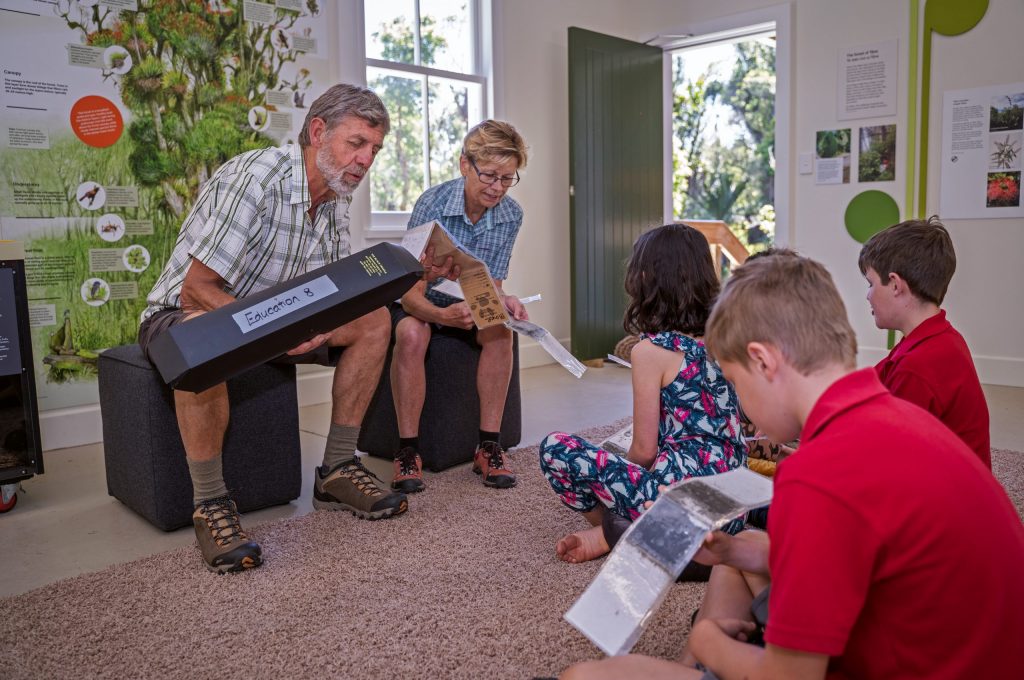
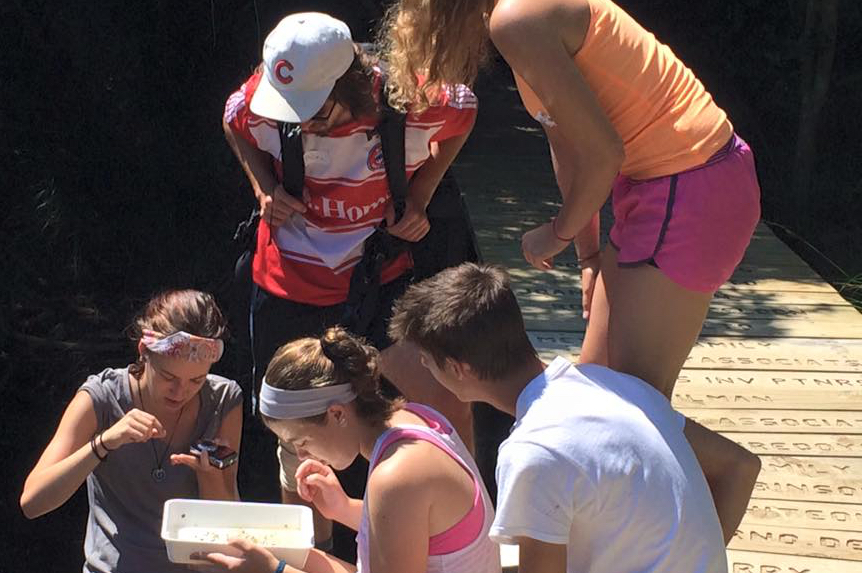
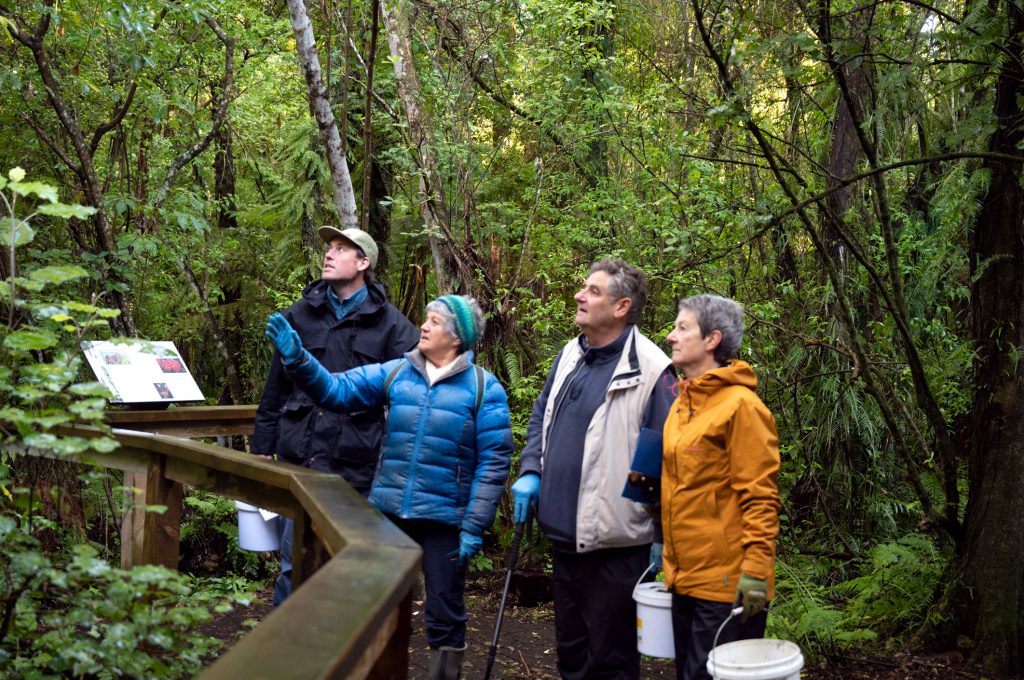
OUR PEOPLE
The Tarapuruhi Bushy Park Trust consists of volunteers and partner organisation representatives bringing their skills and collective vision to ensure the sanctuary is protected and cared for for future generations. Together with its subcommittees (Education, Forest, Buildings and Finance), it develops the strategic plans for the sanctuary.
Forest and Bird employ a full-time Forest Sanctuary Manager, Rosi Merz who manages the funding for, and leads the on-site work relating to the forest.
Michaella Luxton leads our education programme, supported by a team of volunteers.
The Homestead is leased by the Trust to the Homestead lessee, Dale Pullen who operates it as a fully licenced five-bedroom bed and breakfast homestay and function venue.
VOLUNTEERS
The Sanctuary would not exist without the dedication of individual volunteers and the immeasurable hours they devote to it.
As a reflection of the massive volunteer effort at Tarapuruhi Bushy Park, in September 2016 Bushy Park won the Supreme Award in the prestigious Regional Trustbank Community Awards
Volunteers are the mainstay of Tarapuruhi Bushy Park and, whether they engage regularly or only occasionally, they are valued and celebrated.
Feedback from the volunteers reflects the joy, learning and fulfilment of spending time in such a beautiful place and helping in this collective effort.
The volunteering roles vary from the Trust and its committees; hands-on weed and predator control; monitoring and maintenance work in and around the forest and predator fences; monitoring and support of biodiversity; building and public track maintenance; signage; education guiding; and guiding for visitor groups.
Join our volunteer email list to find out more by emailing
info@bushyparksanctuary.org.nz
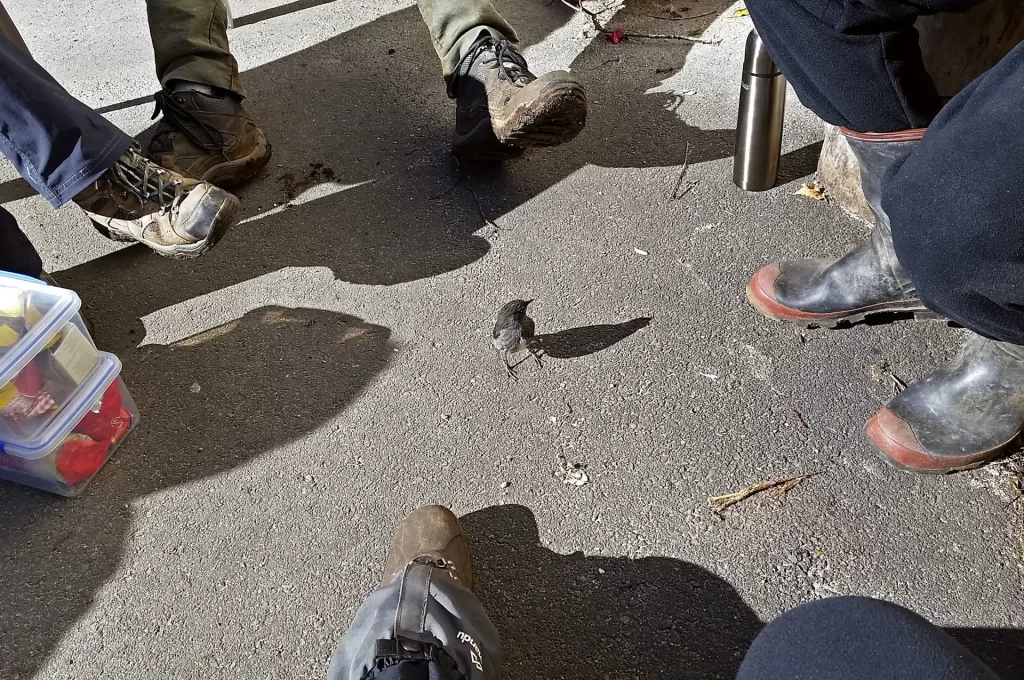
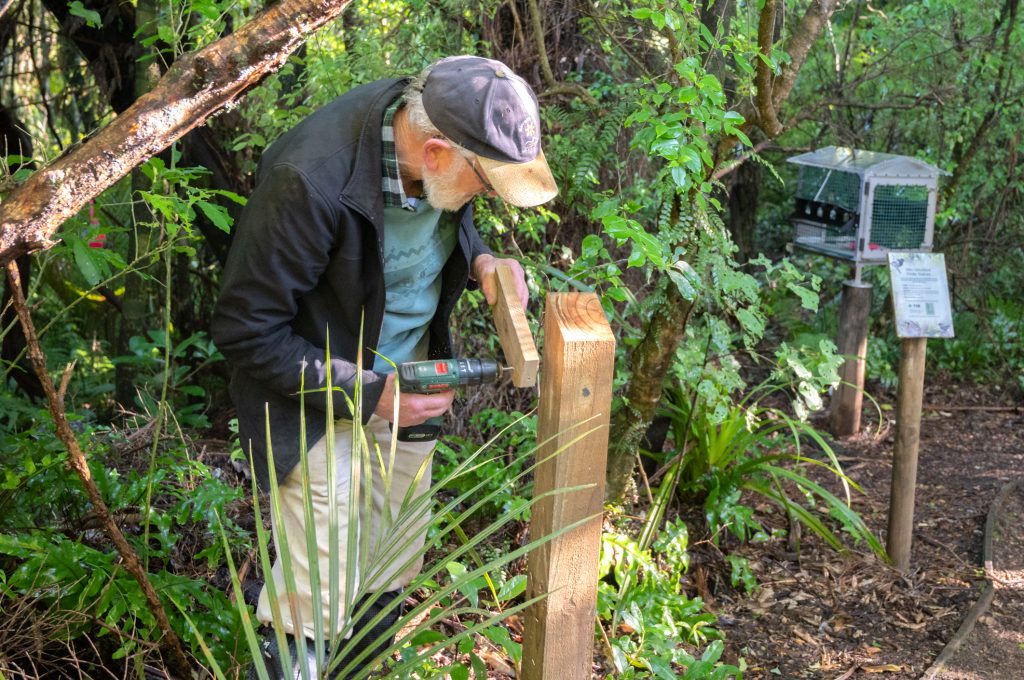
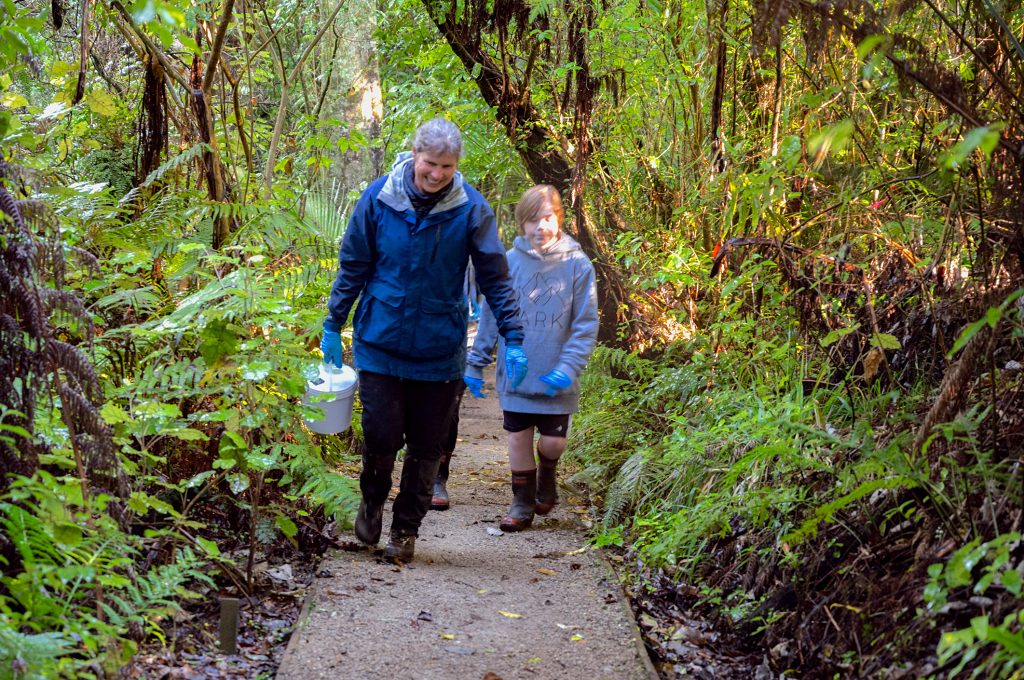
TARAPURUHI Bushy park trust
The Bushy Park Trust was established in 1994.
AGMs are usually held in September or October.
Chairperson | Bill Fleury |
|
Board Member | Rosemary Rippon | |
Board Member | Alan Taylor | Horizons Regional Council representative |
Board Member -Education Committee | Robin Paul | Education |
Board Member | Billy van Uitregt | Te Kaahui o Rauru representative |
Secretary | Hannah Chapman-Searle | Secretary |
Board member | Ross Fallen | Whanganui District Council representative |
Board member | Keith Beautrais | Forest and Bird representative |
Board member | Lincoln Paul | Forest Committee |
Board member | Jude Cornelius | Te Kaahui o Rauru representative |
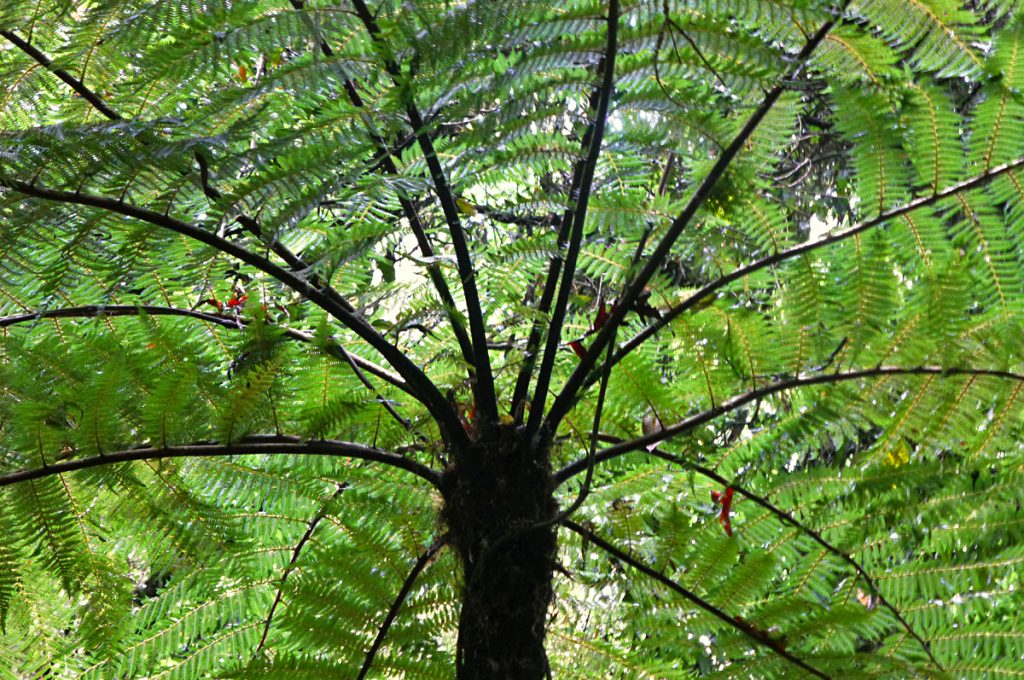
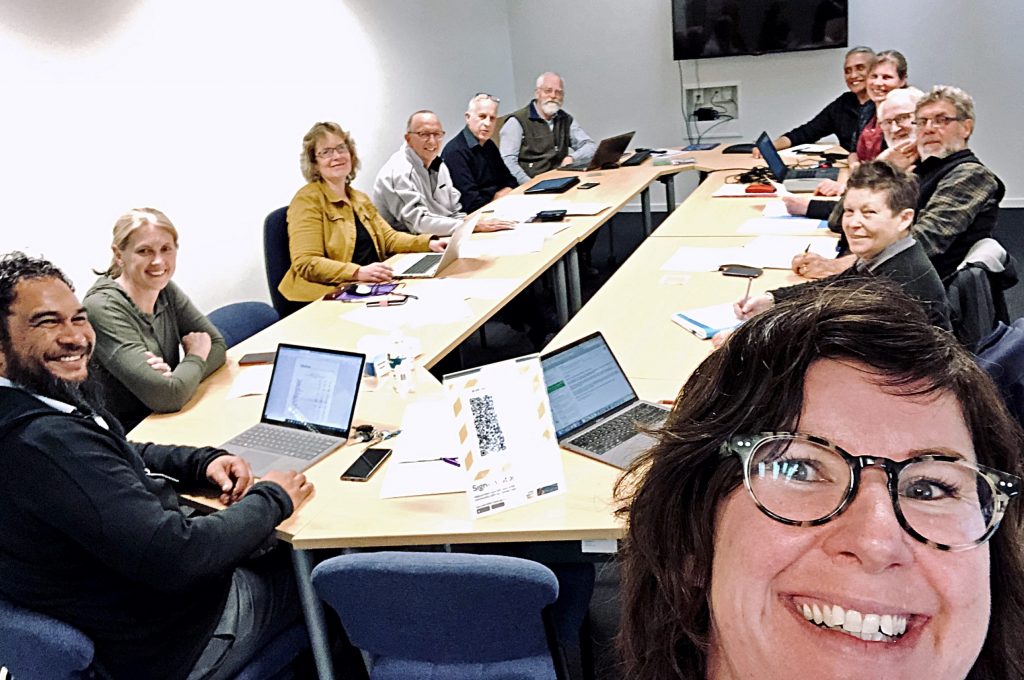

Help support
Tarapuruhi Bushy Park

TARAPURUHI
Bushy Park
Forest Sanctuary
& Historic Homestead
MENU
OPENING HOURS
Forest Sanctuary open 8am – 8pm everyday
Homestead open by appointment only
ADDRESS
791 Rangitatau East Rd
RD8 Kai Iwi
Whanganui
